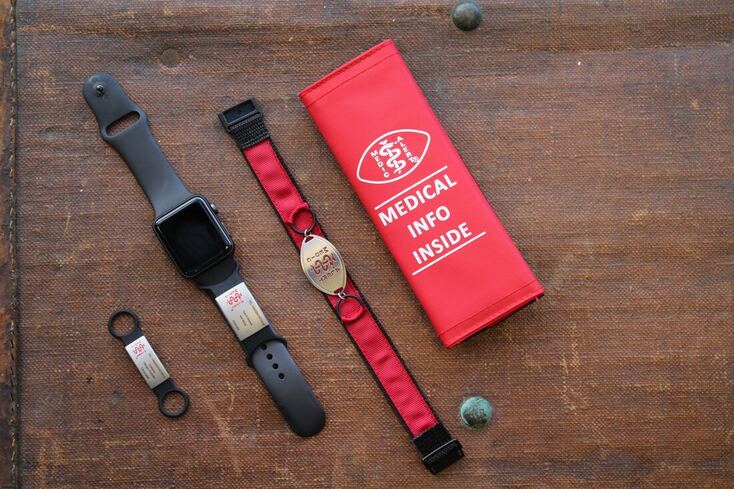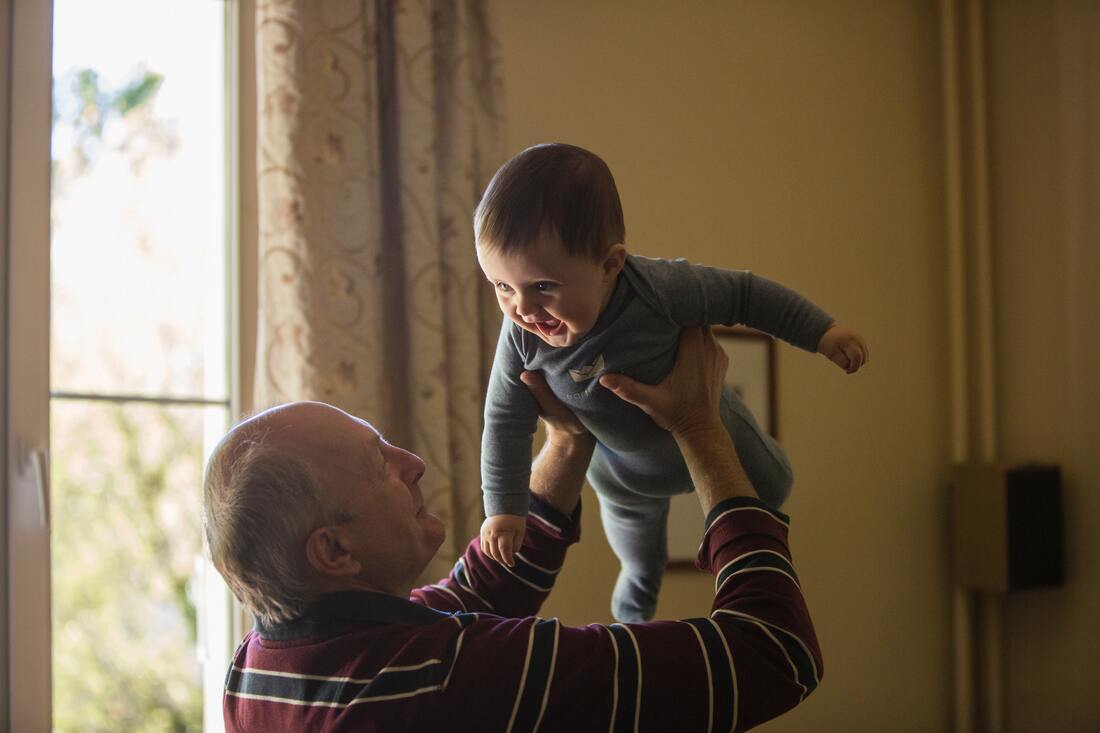|
Exposure to noises can quickly or gradually worsen a person’s hearing health. It only takes a single loud noise, like fireworks going off near your ears, to cause damage to your hearing. If the sound is very loud, your hearing can be lost instantly. Repeated and extensive exposure to loud sounds can lead to severe hearing loss.
Here’s a list of loud noises that you may regularly be exposed to. If you don’t already do so, wear earplugs or ear muffs whenever you are around these noises. Daily Activities
Entertainment Events
Tools and other Loud Noise Sources
Common Noises and their Decibel Levels Sound is measured through decibels (dB). They can be measured through a decibel meter app that can be downloaded onto your smartphone or tablet. The average human whisper is just 30 dB, normal conversation is about 60 dB, and a running motorcycle engine can reach up to 95 dB. Any noise reaching at least 70 dB can damage hearing if you are exposed to it for an extensive period. Noise over 120 dB can immediately harm your ears and hearing health. Examples of Everyday Noises and How Loud They Are The sounds at these levels usually do not damage hearing. Softest sounds heard by the human ear: 0 dB Normal breathing: 10 dB Ticking watch: 20 dB Soft whisper: 30 dB Refrigerator hum: 40 dB Normal conversational voice, air conditioner: 60 dB These noises may cause minor irritation. Washing machine, dishwasher: 70 dB These noises may cause more irritation. Heavy city traffic (while in a car): 80-85 dB This noise may cause a lot of irritation. Gas-powered lawn mowers and leaf blowers: 80-85 dB A person’s hearing may become damaged after 2 hours of exposure. Motorcycles: 95 dB After 50 minutes of exposure, a person may experience hearing loss. An oncoming subway train, a car horn that is 16 feet away, or a sporting (football) event in an arena: 100 dB Hearing loss may occur after at least 15 minutes of exposure. The maximum volume level for a personal listening device, TV, or loud entertainment venue: 105 - 110 dB Hearing loss may occur in less than 5 minutes of exposure Shouting or barking in the ear: 110 dB Hearing loss may occur within less than 2 minutes of exposure. Being near sirens: 120 dB May experience pain and ear injury in addition to hearing loss. Fireworks: 140 - 150 dB May experience pain and ear injury in addition to hearing loss. If you have hearing loss that was caused by dangerous noise levels, contact us at Pure Sound Hearing for a complimentary hearing test and consultation. Most people think medical ID bracelets are worn only by patients with health problems involving heart conditions, epilepsy, or other similar illnesses. But people with hearing loss can also benefit from wearing them if they have a medical emergency.
Medical ID Bracelets These are bracelets inscribed with your name, medical condition, the medications you take, and allergies you have. These are NOT the same as medical alert bracelets - wearable alert devices that notify emergency services during a critical medical situation. Instead, these medical ID bracelets are discreet and intended to provide crucial information regarding your health if you can’t communicate after an accident or emergency. Should People with Hearing Loss Wear Medical ID Bracelets? The Centers for Disease Control and Prevention (CDC) recommends patients with hearing loss should don a medical ID bracelet. If you get into an accident and your hearing aids are damaged, have fallen off, or can’t speak/communicate, the medical ID bracelet would specify vital health information to first responders. Medical ID bracelets will help guarantee that patients receive proper care promptly. Please remember to keep your medical ID bracelet updated. Make sure your emergency contact and medication list are correct. Some ID bracelets have a QR code for medical providers to access the most recent information about a patient’s medications and allergies. A medical ID bracelet for patients with hearing loss lets first responders understand that you cannot easily communicate and prevent mistakes caused by miscommunication or a misdiagnosis. According to a study by Johns Hopkins, medical errors is the third most common cause of death in the U.S., following heart disease and cancer. Medical staff will also be able to assess whether you can get an MRI, CT scan, and X-rays if you wear hearing aids or cochlear implants. If you or a loved one are experiencing hearing loss and believe hearing aids would be beneficial, please contact us at Pure Sound Hearing for a complimentary hearing test and consultation. There are some types of hearing loss that are genetic and result in gene mutations.
A person’s genes can make a person more or less susceptible to hearing loss that is caused by aging, medications, infections, or noise-induced. About 35-55% of age-related hearing loss (presbycusis) is genetic. Sensorineural and conductive hearing loss are both genetic. Sensorineural Hearing Loss This is the most common type of hearing loss. It is caused by deteriorated inner ear nerves and hair cells. Age, excessive noise exposure, head injury, genes, or an illness can lead to this type of hearing loss. There is no medication or surgery that can correct this loss, but hearing aids can be used as a treatment option. Conductive Hearing Loss This is caused by an obstruction in the outer or middle ear. Earwax, fluid, a tumor, or the natural formation of your ear can cause obstruction. The blockage essentially inhibits noise from traveling to the inner ear. Surgery or medication are treatment options for this type of hearing loss. The Genetic Makeup of Ear Cells Affects the Way We Hear The human body is composed of chemical units that are found in cells, A.K.A. genes. Inside the cell, genes form chromosomes which is what makes DNA and features our hereditary traits. Some genetic makeup of the ear cells can influence hearing abilities and help our brains interpret sounds. Sometimes there’s a shift in your genes’ DNA, which can affect how they work. If these mutations happen in a gene that holds crucial information about our sense of hearing, it can lead to hearing loss or even deafness. Hereditary Conditions that Cause Hearing Loss Otosclerosis, Usher’s syndrome, and Pendred syndrome are all hereditary conditions that cause hearing loss. Sensory hair cells that are located in the inner ear are crucial for healthy hearing. If there’s a mutation in these cells, they may not function correctly and lead to hearing loss. Gene mutations and a deformity in the inner ear can lead to deafness at birth or inevitable deafness. Congenital hearing loss is a genetic condition in which children are either born with hearing loss or born with genes that will cause them to lose their hearing in the future. Typically genetic conditions are what causes hearing loss in newborns. Every human gene has two copies that are inherited from the mother and father. The risks of hearing loss can be based on a mutation that is dominant or recessive. A dominant mutation can lead to hearing loss if there is damage to at least one of the inherited copies from the parents. Recessive mutations can lead to hearing loss, but only if there’s damage to both copies. For example, if both parents carry the gene mutation, their child has a high chance of hearing loss. The Complexities of Finding Genetic Causes of Hearing Loss It’s not easy to identify the exact cause of genetic hearing loss. Several different genes can produce the same type of hearing loss. Those same genes can be part of different kinds of hearing loss. People with the same gene mutation could still experience different degrees of hearing loss. If you are experiencing hearing loss due to genetic factors, or for any other reason, contact us at Pure Sound Hearing for a complimentary hearing test and consultation with one of our hearing aid providers. |
Categories
All
|
-
products
- Rexton Emerald M 8C RIC
- Rexton inoX CIC 8C
- Rexton Mosaic M 8C BTE
- Rexton Mosaic P 8C BTE
- Rexton Stellar RIC 8C
- Rexton Sterling 8C CIC / IIC
- Rexton Sterling 8C ITE / ITC
- Rexton Emerald XS 8C RIC
- Rexton Emerald S 8C RIC
- Signia Active Pro
- Signia CROS AX
- Signia CROS Hearing Solutions
- Signia Insio Charge&Go AX
- Signia Insio Nx IIC/CIC
- Signia Insio Nx ITC/ITE
- Signia Intuis 3 Family
- Signia Motion Charge&Go X
- Signia Motion 13 Nx/Motion 13 P Nx
- Signia Prompt
- Signia Pure Charge&Go AX & T AX
- Signia Pure 312 AX
- Signia Pure 10 Nx
- Signia Pure 13 BT
- Signia Pure 13 Nx
- Signia Silk X
- Signia Styletto AX
- Signia Styletto X
- SERVICES >
- about
- blog
- Insurance
- contact
|
© 2023 Pure Sound Hearing Aids. All Rights Reserved.
|
Proudly powered by Weebly
-
products
- Rexton Emerald M 8C RIC
- Rexton inoX CIC 8C
- Rexton Mosaic M 8C BTE
- Rexton Mosaic P 8C BTE
- Rexton Stellar RIC 8C
- Rexton Sterling 8C CIC / IIC
- Rexton Sterling 8C ITE / ITC
- Rexton Emerald XS 8C RIC
- Rexton Emerald S 8C RIC
- Signia Active Pro
- Signia CROS AX
- Signia CROS Hearing Solutions
- Signia Insio Charge&Go AX
- Signia Insio Nx IIC/CIC
- Signia Insio Nx ITC/ITE
- Signia Intuis 3 Family
- Signia Motion Charge&Go X
- Signia Motion 13 Nx/Motion 13 P Nx
- Signia Prompt
- Signia Pure Charge&Go AX & T AX
- Signia Pure 312 AX
- Signia Pure 10 Nx
- Signia Pure 13 BT
- Signia Pure 13 Nx
- Signia Silk X
- Signia Styletto AX
- Signia Styletto X
- SERVICES >
- about
- blog
- Insurance
- contact




 RSS Feed
RSS Feed